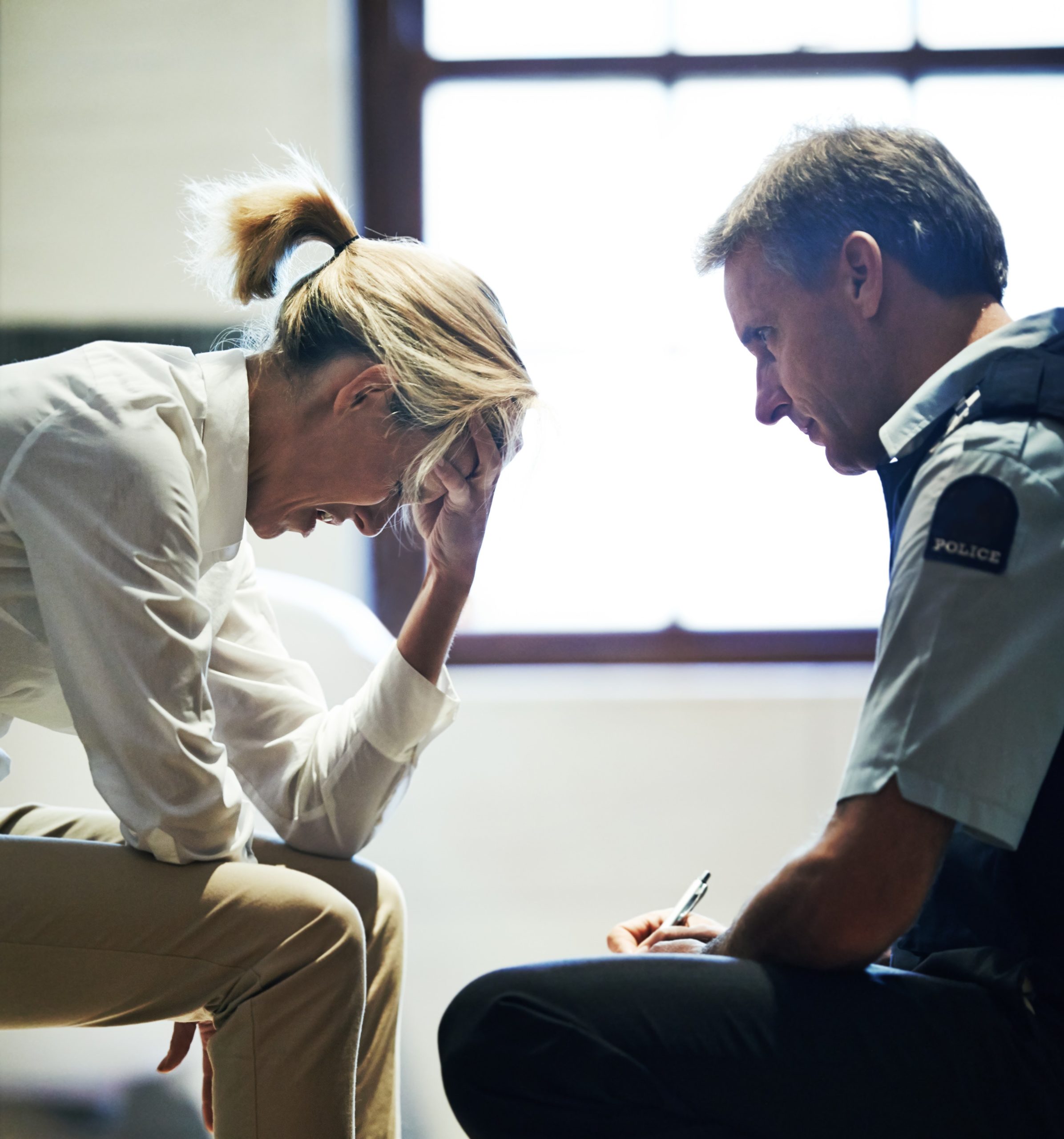Pay for Success Funding Initiative
This Fact Sheet provides information about Pay for Success Funding Initiatives, which involve, at a minimum, four parties: (1) the service provider/social program; (2) an investor or investors; (3) an independent evaluator; and (4) a traditional funder or “outcomes payor,” usually a branch of federal, state, or local government....











